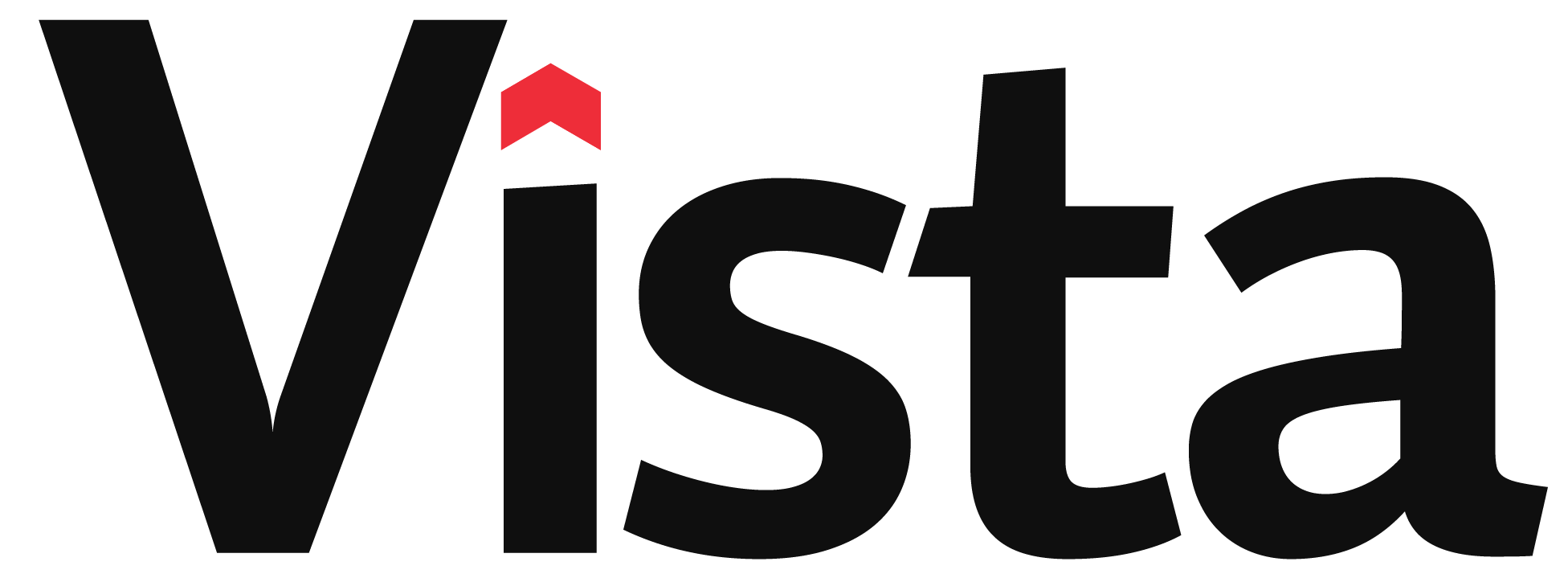Space For Innovation
2.5 min read
The final frontier, where no man had gone before — space.
This past month marked the 50th anniversary of the successful Apollo 11 moon landing. We are nerds for space, and continue to marvel at the accomplishments and innovations that resulted from the Space Race of the 1960s. In fact, today we continue to benefit from the technological advancements it took to put man on the moon. Did you know that many NASA inventions are hidden in everyday products? We'd like to share a few of them.
But first, the igniting vision. It all started with a courageous statement by President John F. Kennedy in 1962 at Rice University:
“We choose to go to the moon in this decade and do the other things, not because they are easy, but because they are hard. Because that goal will serve to organize and measure the best of our energies and skills. Because that challenge is one that we are willing to accept, one we are unwilling to postpone, and one which we intend to win.”
JFK’s speech at Rice University is the textbook definition of a courageous leader. Even Kennedy himself knew it was a bold and inspiring calling, as you can see during the standing ovation from the crowd at the end. If you have a few minutes to watch it, we highly recommend it.
Wow. What a declaration to make, especially when the people, processes, and technology to achieve this goal were unknown. As is the case in business, necessity is the mother of invention. NASA had to find a way to do this – a necessary imperative.
The massive complexity of launching man into space and landing on the moon, required methods, materials, technologies, and techniques that did not exist yet. Enter NASA’s R&D center, where countless scientists, physicists, mathematicians, and designers gave birth to countless inventions. Many of these technological advancements — paid for by the American taxpayers — made their way into the public realm through products and technologies that we still use today.
We gathered five of our favorite Apollo-era innovations below:
1. Dustbuster
Black & Decker partnered with NASA to develop a lightweight and power-efficient tool for the Apollo Lunar Surface Drill. The same motor design used on the 1969 moon landing was then used to create the Dustbuster. Today's use: Handheld vacuum.
2. Memory foam
Memory foam was first developed by NASA in 1966 for shuttle seats to alleviate the effects of G forces during takeoff and landing on the astronauts. Their solution was a material that could mold to the astronaut's shape and return to its 'rest' state when not in use. NASA finally released memory foam into the public domain in the early 1980's. Today's use: Mattresses.
3. Fire retardant textile
After a cabin fire killed all three crew members on the Apollo 1 mission, NASA developed a suit made of flexible, fireproof fiber that could withstand extreme heat. Today's use: Firefighter uniforms.
4. Computer microchip
The Apollo spacecraft required light, compact, powerful computers. So NASA and the MIT Instrumentation Lab built the Apollo Guidance Computer with a promising, but relatively unproven technology: the integrated circuit, which packed multiple transistors onto a single silicon "chip." Today's use: any computer or smartphone.
5. Advanced cameras
The tiny, highly efficient cameras in our phones and GoPros were made possible by a NASA engineer charged with making a smaller camera for space, according to NASA’s Spinoff magazine. The small CMOS censor made both photos on the moon and our modern-day selfies possible. Today's use: GoPro.
There are countless other examples of NASA technology used in mainstream market products. Big bonus – did you know that the NASA patents are available to the publicto innovate from? Imagine the products and technologies that are just waiting to be sparked. Americans have paid for them. With a little imagination, you can use them.
Looking back on this time period in history, where innovation was the pinnacle, it inspires us to strive for creativity and new ideas in our work. Transformation happens only when leaders are courageous enough to go against the grain and take those giant leaps.








